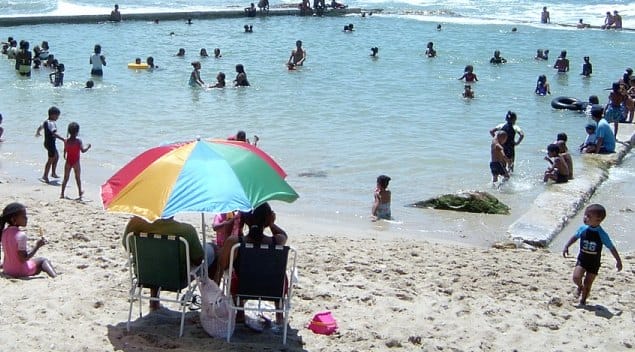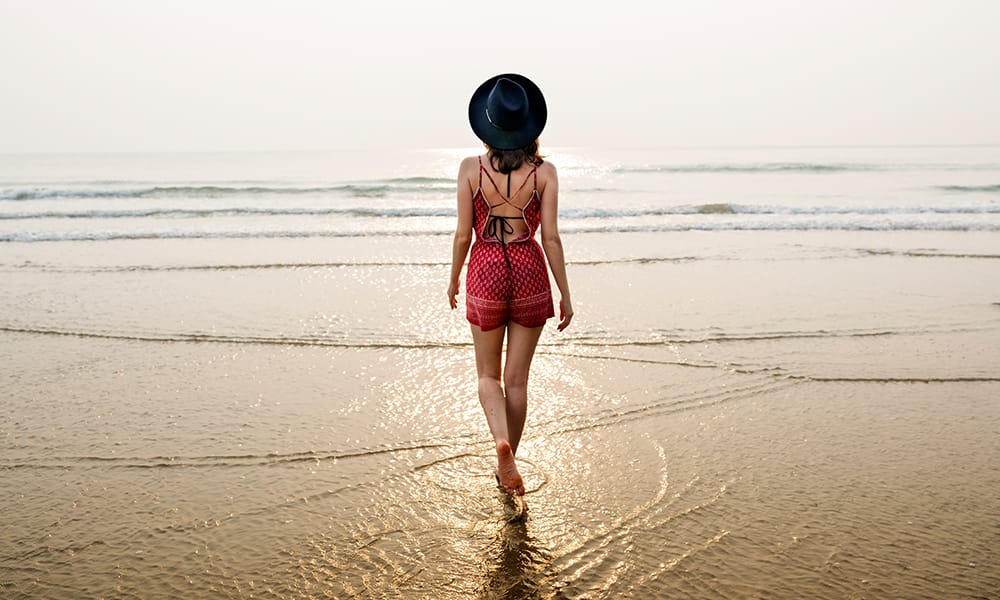I'm old enough to remember when a badge of honour from a really good holiday was the deepest darkest tan you could possibly attain. When people, rather than putting sunscreen on, would cover themselves in oil and literally cook. My mum even tells the tale of one of her friends who used to smother herself in vinegar!

Thank goodness these days we are more aware of the irrevocable damage that the sun can inflict on our skin, and we are taking a more measured approach to protecting ourselves. We now understand that a tan means the skin is damaged and is trying to protect itself from harmful UV radiation.
We need to protect our skin from both UVA and UVB radiation. UVA is associated with wrinkles, skin ageing and skin cancer. UVB is responsible for sunburn and has strong links to malignant melanoma and basal cell carcinoma.
SPF – not all it seems
However, it can be difficult to distinguish the great sun care products from ones that really don't offer the protection we think they do.
Sunscreens with a high SPF (sun protector factor) will help block UVB rays and the SPF scale ranges from 2 to 50+, 50+ offering the strongest protection from UVB rays.
However this does not indicate protection against UVA – for that you need to look at the star system on the packaging. This ranges from 0 to 5, 5 being the best. The star rating indicates the percentage of UVA radiation absorbed by the skin in relation to the UVB protection. Be aware though that a low SPF sunscreen can still have 5 stars as it reflects the ratio between UVA and UVB protection.
The ratings are also based on applying the product correctly to get the full protection. But the majority of us fail to apply sunscreen properly; we miss difficult-to-reach areas such as our back, sides of the neck and ears, and apply the product too thinly or too irregularly. And added to the fact that we fail to cover all our body, water, perspiring and drying off will all rub away the protection. So remember when it comes to sunscreen – more is better.
Our top choice
That is one reason we love the P20 ‘once a day application' brand of products. Before you get ready to go out, apply a good amount of P20 all over your body (and with the help of a friend or partner, I do mean all over!)
Allow 15 minutes to let it dry before going out (you should do this with all sunscreen products) and it will protect you for 10 hours without needing to re-apply, even after swimming. This makes it a great product for travelling light. There are options ranging from 15 – 50+ SPF; I tend to opt for SPF 30, which has a 5 star rating.
Be prepared
Sunscreen is just one part of the sun protection regime. We need to add to this sunglasses, a sunhat and perhaps sun-protection clothing too. And let's not forget it's not just summer holidays where sun protection is vital – did you know that snow is estimated to increase the power of radiation by up to 85%? So take care on your winter skiing and snow holidays too.
For help checking the level of protection you need, why not download the World UV app which provides real-time information on daily UV levels across 10,000 destinations around the world.
P20 is available to buy in various forms on Amazon.com and Amazon.co.uk

